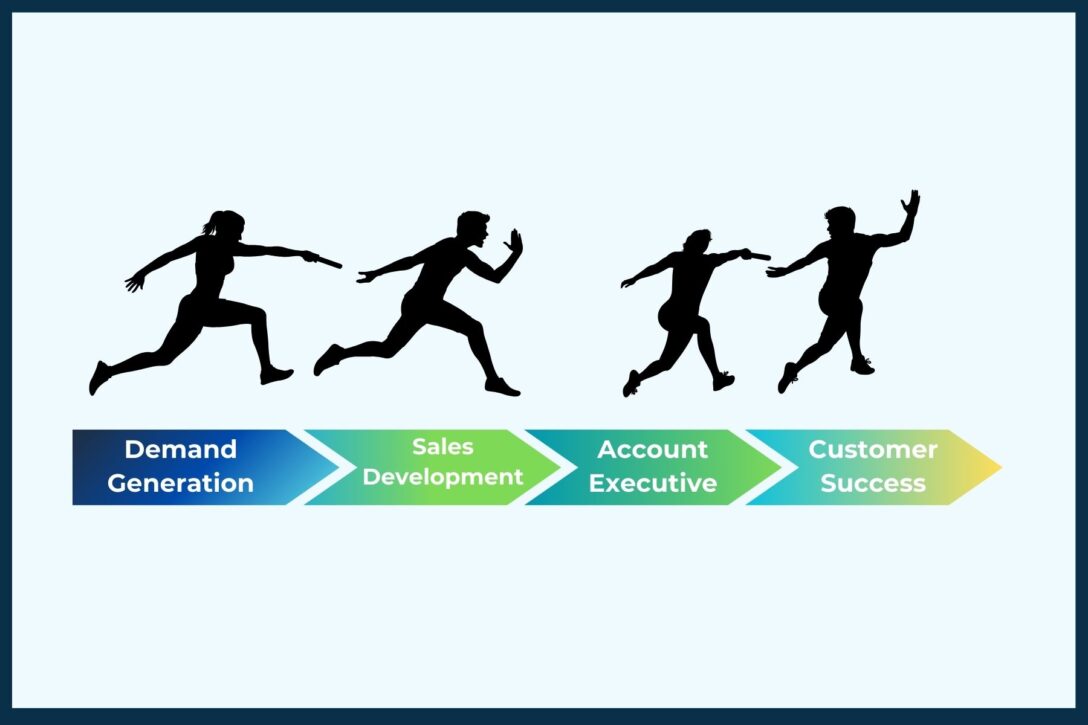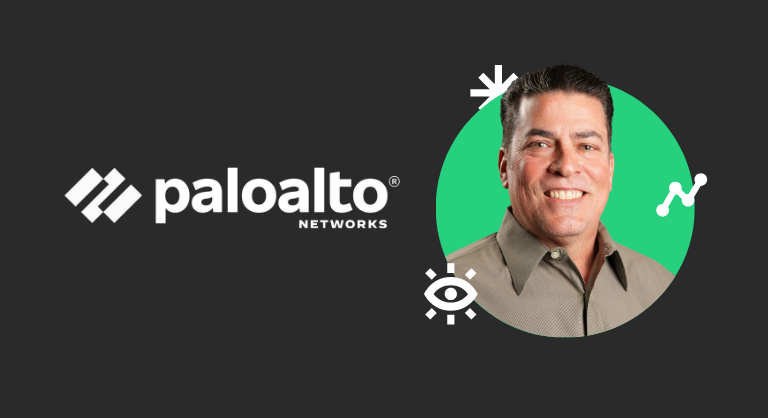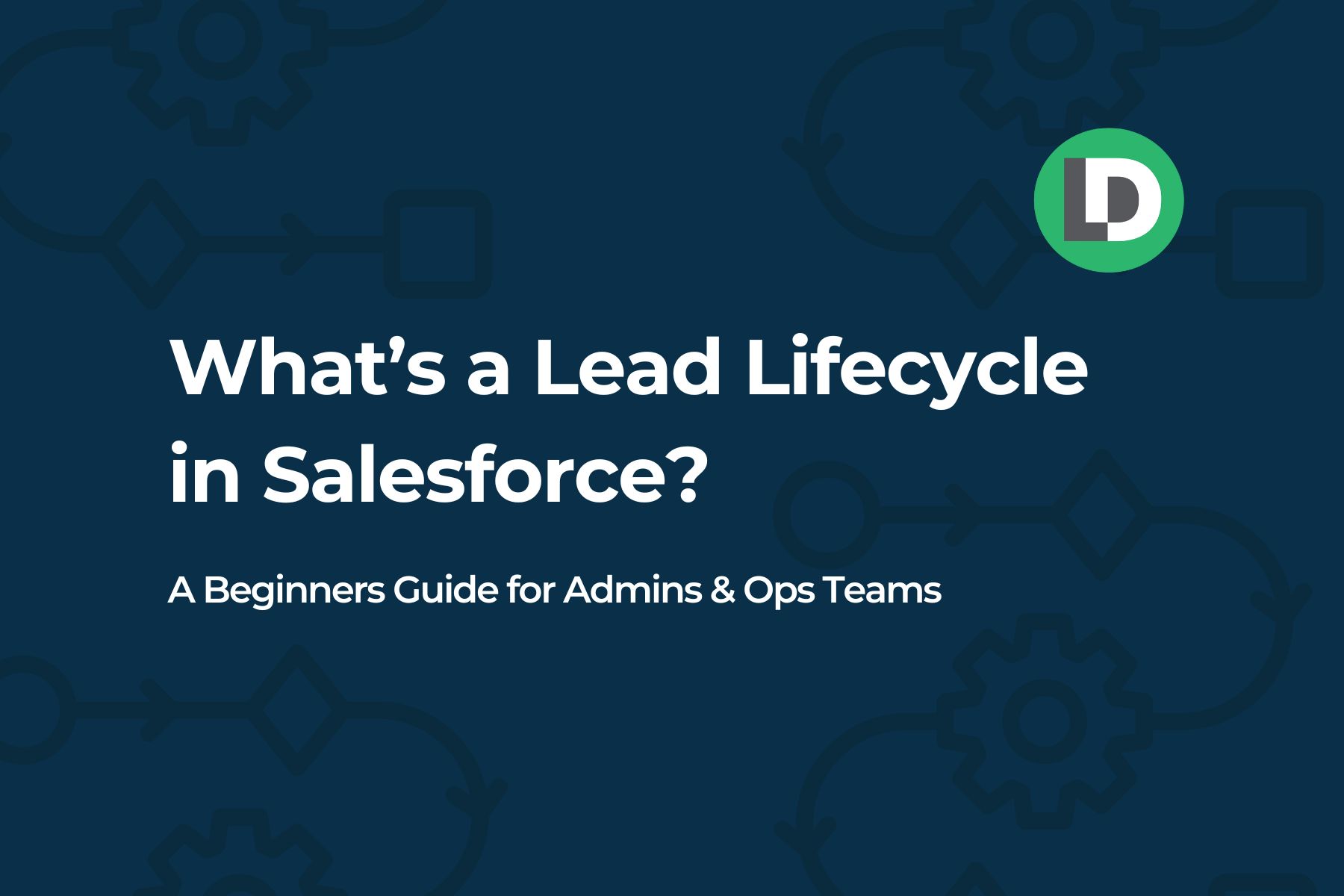You can run the best marketing campaigns in the world, but if your lead lifecycle in Salesforce is broken, you’re still losing deals.
Leads get lost.
Sales reps waste time chasing bad fits.
Teams point fingers when deals fall through.
That’s why building and managing a strong lead lifecycle is essential for anyone supporting revenue growth.
In this article, we will break down what a lead lifecycle in Salesforce is, the typical stages involved, how handoffs work, and how automation can make the entire process more efficient.

What Is a Lead Lifecycle in Salesforce?
A lead lifecycle in Salesforce describes the journey a lead takes from first capture through conversion or disqualification. It defines how leads move through stages of engagement and qualification, making sure every lead is handled consistently.
It also builds a shared understanding across marketing, sales development, and sales teams.
Clear lifecycle processes ensure that leads are prioritized correctly, assigned quickly, and tracked at every step.
In practice, the lead lifecycle helps answer important questions like:
- Where did this lead come from?
- Has anyone followed up yet?
- Is this lead ready to become an opportunity?
Without a clear lifecycle, leads are more likely to sit untouched or be contacted too late.

Key Stages of the Lead Lifecycle in Salesforce
While details can vary, most companies set up a version of these core stages:
1. New Lead
A new lead enters Salesforce through a form submission, event list, partner referral, or manual creation.
At this stage:
- Essential fields like name, company, email, and source should be captured immediately.
- Leads should be routed automatically to the correct owner based on region, product interest, or account status.
- Time-based rules, commonly known as SLAs, can ensure that new leads are assigned within minutes, not hours.
Studies show that the first vendors to respond to leads win 35-50% of sales. Speed wins!
2. Marketing Qualified Lead (MQL)
An MQL meets the criteria that suggest readiness for sales engagement. This may include reaching a scoring threshold or matching an ideal customer profile.
At this stage:
- Leads should automatically transition to MQL status based on activity or demographic fit.
- Assignment to sales development representatives (SDRs) should be triggered instantly.
- Notifications and task creation can prompt timely follow-up.
Clear definitions between MQL and non-MQL leads are important to maintain lead quality and sales team trust.
3. Sales Accepted Lead (SAL)
The SAL stage occurs when an SDR reviews an MQL and agrees to start outreach.
At this point:
- Automated alerts can prompt SDRs to accept or reject leads within a set timeframe.
- Time-to-acceptance should be tracked to hold teams accountable.
Lifecycle progression rules can move leads to SAL status when the acceptance is logged, eliminating manual data updates.
4. Sales Qualified Lead (SQL)
A lead becomes an SQL when the SDR confirms there is a genuine opportunity to sell.
At this stage:
- Salesforce should guide the conversion process into a Contact, Account, and Opportunity.
- Qualification notes should be automatically captured and transferred to the Opportunity record.
- Reminders or escalation alerts can ensure opportunities are created promptly after qualification.
Automating these transitions speeds up pipeline creation and keeps CRM records clean.
5. Converted, Disqualified, or Nurture
Finally, every lead must be closed out with a clear outcome:
- Converted: Becomes a customer opportunity.
- Disqualified: Marked with a standardized reason such as “No Budget” or “Out of Target Market.”
- Nurture: Placed into marketing programs for future engagement.
Standardizing these outcomes improves reporting accuracy. Plus, automating reminders to update lead statuses after inactivity can prevent leads from becoming stagnant.
Managing Handoffs Across the Lead Lifecycle
Smooth handoffs are a make-or-break moment for leads. In the lead lifecycle in Salesforce, two key handoffs must work well:
Marketing to SDRs:
- Triggers when a lead reaches MQL.
- Should include automatic assignment, notification to the new owner, and a task to initiate outreach.
- SLA timers can track how quickly SDRs pick up MQLs to ensure no leads go cold.
SDRs to Sales Executives:
- Happens when a lead becomes an SQL.
- Should include automatic creation of Opportunities, pre-population of qualification data, and ownership transfer.
In addition, queue-based, or round robin routing rules can help manage leads that are not accepted quickly. Further, automated reassignments or escalation paths reduce lead aging and missed opportunities.
Research from InsideSales.com shows that 35 to 50 percent of sales go to the vendor that responds first. Consequently, automating and monitoring handoffs is vital to staying competitive.
Why the Lead Lifecycle in Salesforce Matters
A strong lead lifecycle is more than good housekeeping. It directly impacts revenue performance. Here is why it matters:
- Faster follow-up times: Automated routing and reminders shorten response windows.
- Higher conversion rates: Leads worked quickly and by the right team member are more likely to become opportunities.
- Stronger sales and marketing alignment: Shared definitions and clear transitions build trust between teams.
- Better reporting and forecasting: Structured data allows for tracking conversion rates, stage velocity, and funnel health.
- More predictable growth: A disciplined lifecycle provides the foundation for scalable and repeatable revenue generation.
Moreover, advanced lead management practices such as real-time lead-to-account matching or prioritization based on buying signals can supercharge results even further.
Not to mention, without automation supporting the lifecycle, it becomes almost impossible to manage volume, maintain data quality, or optimize handoffs consistently.
Why a Strong Lead Lifecycle Is a Competitive Advantage
The lead lifecycle in Salesforce is not just a technical setup. It is a competitive advantage that improves speed, coordination, and decision-making across the entire revenue engine.
When leads are prioritized intelligently, routed immediately, and tracked carefully, sales teams can focus on closing deals instead of chasing data. Marketing teams can trust that their hard-earned leads are being worked. Executives can make better forecasts based on clean, consistent funnel metrics.
Setting up the right lifecycle process with automation from the start saves teams countless hours of manual work and prevents revenue from slipping away unnoticed.
If you want to increase conversion rates, improve sales productivity, and drive more pipeline, there is no better place to start than by strengthening your lead lifecycle in Salesforce.












